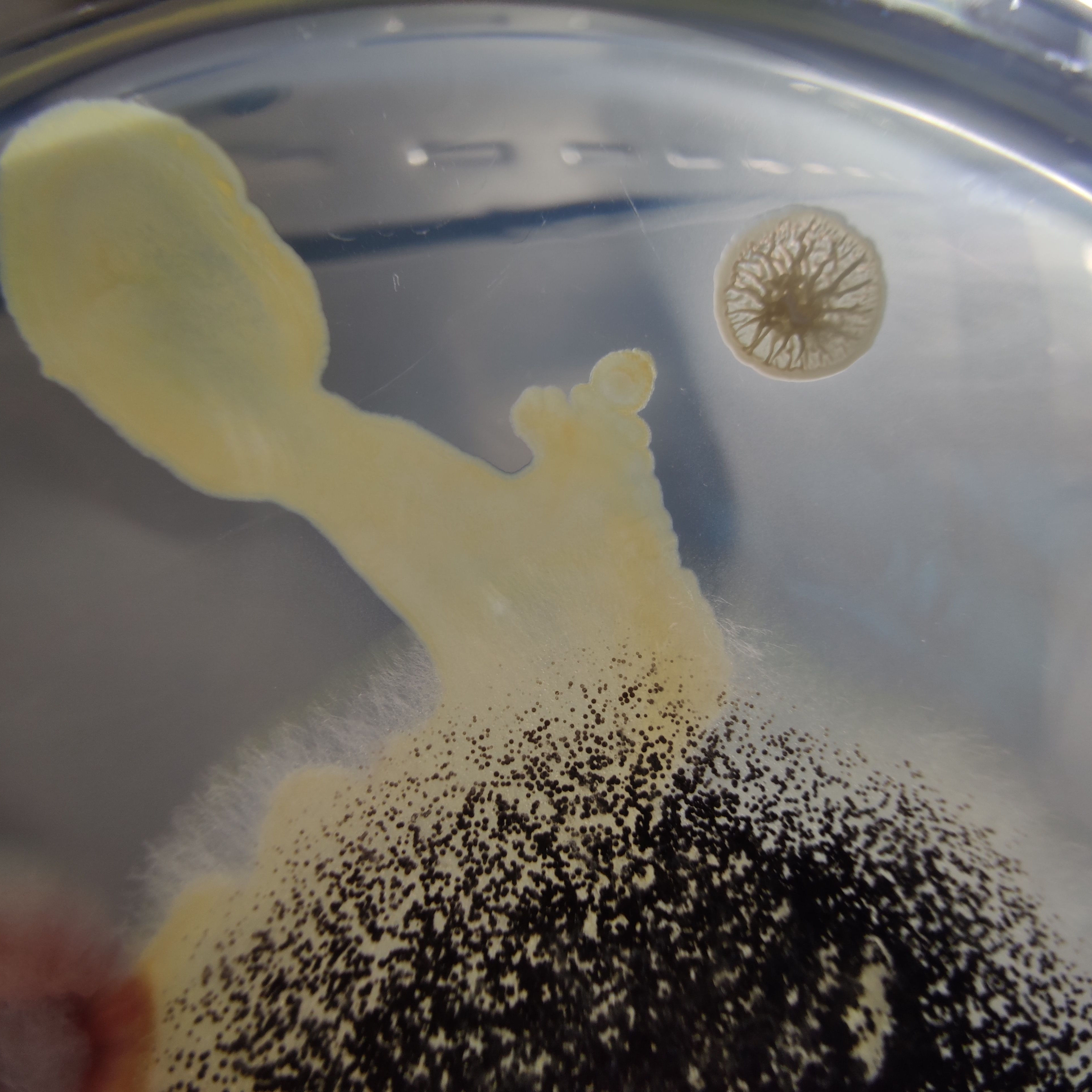
What is the Bacillus subtilis subsp. Niger pathogen?
The term Bacillus subtilis subsp. Niger refers to an airborne pathogen. In common parlance, the bacterium is also called Heubacillus, which comes from the genus Bacillus subtilis. It is a gram-positive, rod-shaped, anaerobically growing endospore-forming bacterium, i.e. a capsule-shaped bacterium that can survive even unfavourable living conditions. The flagellated soil bacterium moves quickly, is encased in a gram-positive cell wall and occurs in nature primarily in the uppermost layer of soil, but also occurs in hay, air, dust as well as in water.
Where does the Bacillus subtilis subsp. niger pathogen occur?
The distribution of the Bacillus subtilis subsp. Niger pathogen is ubiquitous, which is why the bacterium can be isolated from soil, dust and the air. If the pathogen occurs as a soil pathogen, it is often found on plants or in plant material. The pathogen is also colloquially called hay bacillus, as it can be easily cultivated in a hay infusion for microscopic purposes .
What are the characteristics of the Bacillus subtilis subsp. niger pathogen?
The Bacillus subtilis Niger pathogen lives on the nutrients of other organisms, i.e. it is chemoorgano-heterotrophic. The pathogen is therefore particularly common in the upper soil layers as well as in the rhizosphere , since here, like other putrefactive bacteria, it plays a part in the return of organic matter to the food cycle. The pathogen spreads particularly well at temperatures between 30 and 39 degrees Celsius .
The bacterium consists to a large extent of polymer-chained sugar (glucan) as well as a protein-degrading enzyme (protease). Thanks to its flagella, the Bacillus subtilis Niger pathogen is able to evade adverse environmental conditions through active locomotion. The unicellular organism moves its thread-like flagella like a propeller to move away. As a vegetatively active cell, the bacterium can also counter fluctuations in environmental factors.
Which species is the Bacillus subtilis susp. Niger pathogen belong to?
The pathogen belongs to the Bacillus subtilis group, which also includes the Bacillus amyloliquefaciens, the B. atrophaeus, the B. mojavensis and the B. sonorensis, the B. tequilensis, the B. vallismortis and the B. velezensis. Since the group of Bacillus subtilis has a highly conserved DNA sequence, it is not possible to differentiate the respective pathogens by means of conventional 16S rRNA sequencing . Furthermore, differentiation by physiological and biochemical tests is also not possible. Due to the existence of a corresponding specialised database, a correct classification of the respective pathogen can be made by MALDI-TOF MS.
What is the significance of Bacillus subtilis susp. Niger for humans?
The Bacillus subtilis susp. Niger pathogen does not occur in the human organism and therefore only has an indirect influence on health. For humans, the pathogen is completely harmless and unlike other bacteria, does not cause any diseases. On the contrary, the bacterium can be used for medical purposes, for example in antibiotics, for example for gonorrhoea therapy. However, not all of the Bacillus subtilis groups mentioned above can synthesise antibiotics. As an antibiotic, the Bacillus subtilis susp. Niger pathogen inhibits the growth of other bacteria, which can be potentially dangerous. To do this, the bacterium interferes with the synthesis of cell walls, which act as a stabiliser and protector of the cells of single-celled organisms.
Initial research into whether the pathogen can be used in Alzheimer's treatments has already been carried out in animals . The background to this is that the bacterium can produce special biofilms from proteins, but also from other natural substances . Researchers are currently investigating whether these biofilms can also be used to protect nerve cells. If this were the case, Alzheimer's patients could be helped.
Microbe of the year 2023
The bacterium holds the title "Microbe of the Year 2023". The title was awarded to by the Association for General and Applied Microbiology as a reminder that many bacteria can be quite useful to humans. The Bacillus subtilis susp. Niger pathogen deserves this title and is beneficial for human digestion and the admixture of antibiotics for the reasons already mentioned above . However, what many people do not know is that the pathogen can also be used outside the human organism, such as for example in construction, but also in washing.
Since the Bacillus subtilis susp. Niger pathogen is not destroyed by human stomach acid, the bacterium often serves as a probiotic in yoghurts. By fighting bacteria that are bad for food tolerance or the intestinal flora , the pathogen has a positive effect on digestion. Japanese food manufacturers have been making use of this knowledge for centuries by fermenting soybeans. In addition to a positive effect on digestion, the bacterium also makes it easier for nutrients to be absorbed into the blood. But the bacterium not only has a health-promoting effect on the human organism . In the intestines of many poultry animals, the B. subtilis susp. Niger pathogen can partially prevent infections in the intestines of many poultry.
Outside organic life forms, the bacterium can keep the toilet hygienically clean due to its spores for example. In the washing machine, the bacterium can easily remove dirt molecules even at comparatively low temperatures, which means that less energy has to be used for washing. On the construction site , on the other hand, the pathogen functions to repair fine cracks in the concrete, since is caused by the Bacillus subtilis susp. Niger pathogen forms carbonate ions . As an aerobic bacterium that requires oxygen for its metabolic process, the pathogen also causes less rusting of the steel frame.
